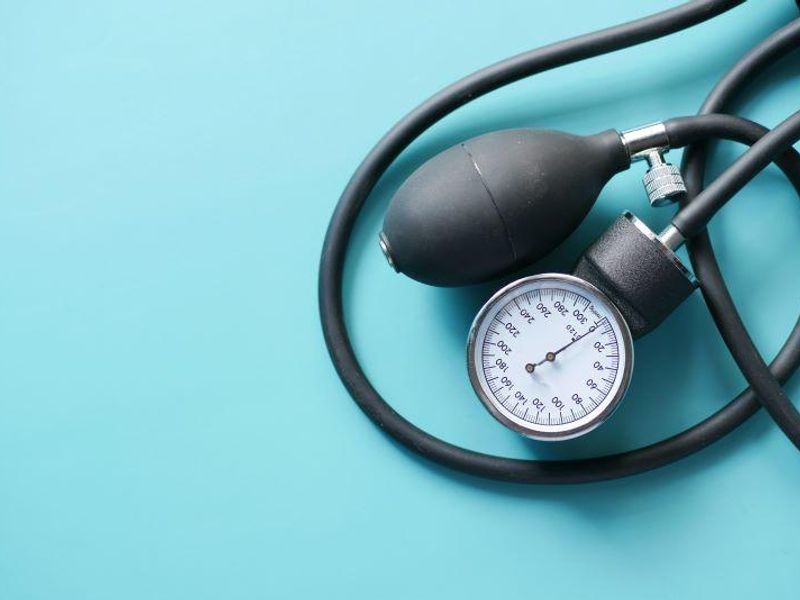WEDNESDAY, Sept. 14, 2022 (HealthDay News) — Substantial health and economic benefits could result from widespread adoption of nonpharmacologic interventions in lower-risk U.S. adults with stage 1 hypertension, according to a study presented at the American Heart Association Hypertension 2022 Scientific Sessions, held from Sept. 7 to 10 in San Diego.
Kendra D. Sims, Ph.D., from the University of California in San Francisco, and colleagues used the Cardiovascular Disease (CVD) Policy Model to simulate CVD events, mortality, and health care costs (2018 to 2027) for U.S. adults (ages 35 to 64 years) with untreated systolic blood pressure of 130 to 139 mm Hg. The model assessed potential population-level benefits from health behavior modification interventions.
The researchers found that of the estimated 8.7 million U.S. adults (50.6 percent women) ages 35 to 64 years with lower-risk stage 1 hypertension, 61 percent had regular health care access. In the full target population, controlling blood pressure to <130 mm Hg could prevent 27,000 CVD events, avoid 2,800 deaths, and save an associated $16 million in health care costs. The largest benefit could be derived from adoption of the Dietary Approaches to Stop Hypertension (DASH) diet, with an estimated 16,000 CVD events prevented among men and 11,000 among women.
“Unfortunately, the availability and affordability of healthy food sources does not easily allow people to follow the DASH diet,” Sims said in a statement. “Clinicians should consider whether their patients live in food deserts or places with limited walkability. Health counseling should include addressing these specific challenges to blood pressure control.”
Copyright © 2022 HealthDay. All rights reserved.


